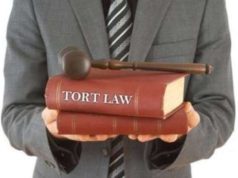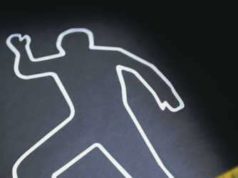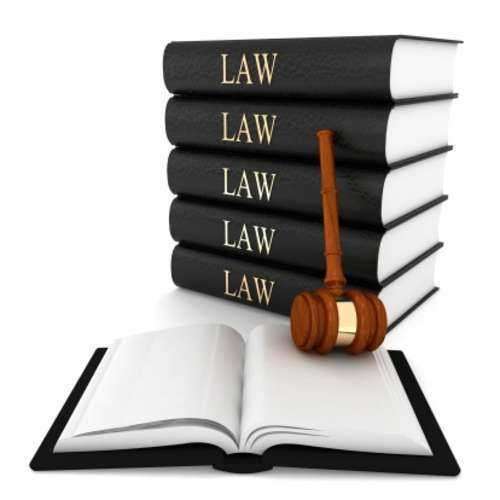
Negligence is a legal concept that refers to a failure to take reasonable care in a particular situation, resulting in harm or injury to another person or party. In this article, we will explore the definition, elements, defenses, and examples of negligence.
What is Negligence?
Negligence is a failure to take reasonable care, resulting in harm or injury to another person or party. Negligence can occur in any situation, whether it’s an individual, business, or organization, failing to take the proper precautions to prevent harm.
The Elements of Negligence
To establish a case of negligence, four elements must be present:
1. Duty of care: The defendant owes a legal duty to the plaintiff to exercise reasonable care.
2. Breach of duty: The defendant breached their duty of care by failing to exercise reasonable care.
3. Causation: The breach of duty caused the plaintiff’s harm or injury.
4. Damages: The plaintiff suffered damages or harm as a result of the defendant’s breach of duty.
Defenses Against Negligence
Defenses against negligence include arguing that the plaintiff was engaged in contributory negligence or assumption of risk. Contributory negligence means that the plaintiff contributed to their own harm or injury by acting negligently. Assumption of risk means that the plaintiff knew about the risk involved in the situation and willingly accepted it.
Examples of Negligence
Examples of negligence include situations where a doctor fails to diagnose a patient’s condition correctly, a driver fails to obey traffic rules, or a business fails to maintain a safe environment for customers. Negligence can occur in any situation where reasonable care was not exercised, resulting in harm or injury to another party.
Implications of Negligence
Negligence can have significant implications for both the plaintiff and defendant. If a plaintiff is successful in proving negligence, the defendant may be held liable for damages, including financial damages, reputational damage, and legal liability. Negligence can also result in criminal charges in some cases.
Conclusion
In conclusion, negligence is a legal concept that refers to a failure to exercise reasonable care, resulting in harm or injury to another person or party. Understanding the elements of negligence, defenses, and examples can help individuals and business owners navigate the complexities of legal liability. Employing proper care, creating safe working environments, and seeking legal advice can help prevent negligence and protect individuals and businesses from potential legal liability.
Definition
Negligence is the failure of an individual or party to adhere to common standards of conduct that results in injury. This includes wrongful conduct that injures others such as the failure to take adequate safety precautions or the failure to render required services to the plaintiff. In negligence, the plaintiff must establish that the defendant failed to take adequate and reasonable precautions which resulted in the injury.
What is the Assumption of a “Reasonable Person?”
In negligence cases, the defendant is judged by the community’s standard of safe conduct. This is not the measure of typical conduct for the community but rather the community’s acceptance of safe practices at large. In this manner, even when damage is unintentional, the defendant is liable if he or she failed to act as a “reasonable person” in the situation that caused injury. This standard takes into account the individuals, knowledge and experience regarding the situation, to determine if the individual possesses the skills to act reasonably in the negligence scenario.
What Are the Other Standards Used to Determine a “Reasonable Person?”
The law may take into account:
Special Skills – How the individual engaging in an activity that requires a specific skill set engages in the activity, compared to an average member of the group with the same skill set. A person engaged in the activity is assumed to have the common skills of all others engaging in the activity. The law does not take into account the experience of the individual with these skills, with no distinguishing between beginners and others at higher levels of experience.
Perception – A “reasonable person” must be aware of his or her surroundings and act accordingly to avoid damage and injury. Recklessness or carelessness on the part of the individual constitutes negligence.
Emergencies – Negligence occurring under emergency conditions where reasonable conduct would have been otherwise excused. An individual may also be negligent for failing to anticipate an emergency, such as a lack of fire extinguishers in case of a fire.
Who cannot be Found Negligent for Their Actions?
Exception may be made with respect to:
Age – most children under an age that varies by jurisdictions cannot be found negligent for their actions. In these cases, an adult is usually expected to anticipate their actions and behavior. There is the understanding that they lack the mental development to be responsible for their actions. There is an exception for children engaging in adult behavior, such as operating a motor vehicle.
Physical Characteristics – If there are existing limitations such as a handicap that prevent the individual from meeting the common standard of conduct. This makes allowances against holding persons unable to meet these standards that are physically impossible. The individual with the handicap must be aware of his or her physical limitations and act within reason to prevent injuries to others.
How does one prove negligence?
The plaintiff has the burden of proof in negligence cases in that they must prove that the defendant did not act accordingly with the accepted code of conduct. The defendant must prove that if they have violated a statute, that they did so while acting as a “reasonable person” to avoid greater injury. Expert testimony may be used to determine if a person with special skills acted improperly. Additionally, one may prove that the defendant violated a customary practice, such as a safety precaution that would have prevented injury. Lastly, circumstantial evidence may be used to indicate negligence on the part of the defendant.

























